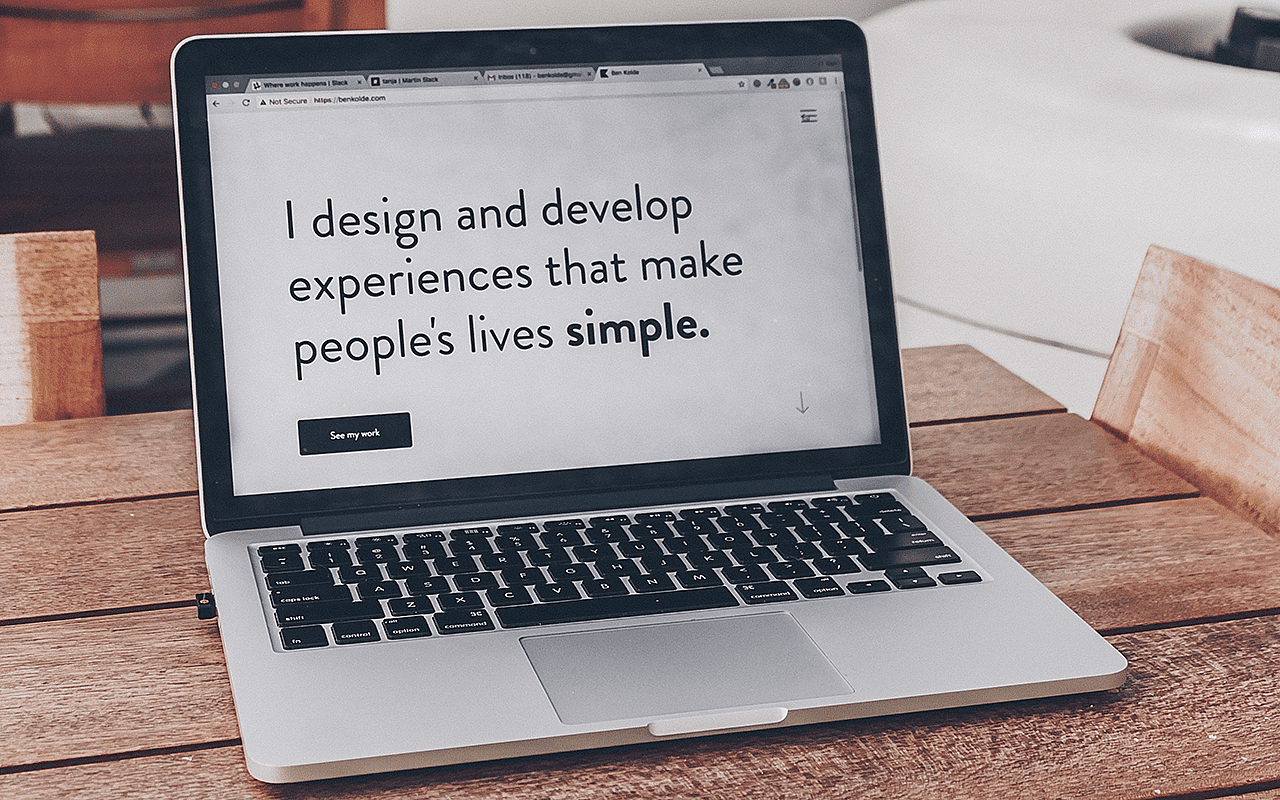Netflix vs HBO: Content experience

When you have a lot of content to offer (and this is true even if you don’t have thousands of assets), content experience and discoverability might sometimes trump content quality in terms of importance.
If you’ve spent some time browsing streaming platforms when winding down after a hard day or a hard week, you know that not all user experiences on those platforms are created equal.
Unless you know exactly what you want to watch, some platforms do not make it very easy to find something that will fit your interests, needs or past behavior.
And even when you KNOW what you want to watch, some of them will make it unbelievably hard to get to it.
HBO has had great success and content series in the past and its platform, HBO Go, is the best place to watch it. But the interface, the user experience, what we call the content experience at Toast, is lacking. It is hard to navigate to a show, hard to find exactly the episode you want, etc.
Thornton puts this in perspective with Netflix, which might be better in the content experience department, with a great recommendation engine and useful interface to pull up what you’ve been watching, but still lacks in helping users do more advanced searches, etc.
You might say that in both cases, the developers wanted it that way. Make people spend time on the platform, make them stick with us and stay with us, etc.
But sometimes, when that objective comes in collision with the job that the user wants to do (“jobs to be done” in design thinking terms), which is often to relax after a hard day, it might simply make someone angry.
“We compete with (and lose to) Fortnite more than HBO.”
— Netflix CEO Reed Hastings
In the UX Collective article, many elements of a content experience are addressed:
- Considering the competition (which is not always other content)
- The notion of “jobs to be done” for the users (relaxing, winding down are great examples)
- The decision paradox (the more choice you offer, the less people will make a decision)
- The role reviews and stars play in decision making (how can one really choose with so many options?)
I invite you to read the entire article and ask yourself: how is my channel or brand dealing with its content experience? If you’re not sure where you stand, give us a call, we can help lift all rocks and support you in fixing low-hanging fruits.


